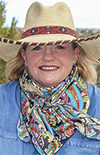And while they are indeed correct – there is grass on the ranch – the crazy lady is not happy about which grasses dominate the ranch.
Aren’t they all the same? Grass is grass, right? If only it were that easy. There are thousands of grasses native to North America. Something like 10,000 plant species are in Texas alone. How in the heck can a rancher begin to tackle that challenge? Why should they? Grass is grass, right?
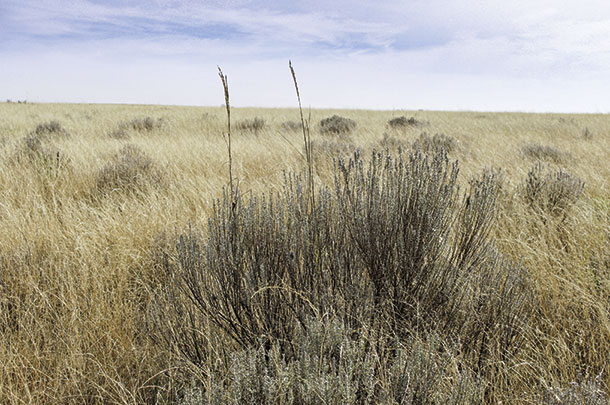
Livestock are the tool of choice to harvest the crop – that crop being rangeland vegetation or pasture vegetation. Think about something for a moment. A farmer knows exactly which variety of corn or cotton he has planted. He carefully selected that variety for its traits to suit his needs and perform well in his environment. The rancher, on the other hand, is more likely to be well versed on his harvesting tool. He probably knows various EPDs and the parentage of his bulls and which cow raises the best calf year after year. Important data, to be sure, but let’s not ignore the crop.
Do graziers know the plants their livestock utilize? Can they identify their “crop”? The successful producers know their plants. Let’s examine why it is important to know the plants your livestock graze and then how we can develop that skill set.
Grass is grass, right?
Rangeland ecosystems are complex, with literally thousands of kinds of plants. On any given ranch, it is likely there are a couple dozen different species that play a big role in the plant community and the health of that rangeland and the livestock who graze there. All grass is not created equal. Imagine your rangeland to be a big buffet table in Las Vegas. There’s lobster, crab legs, shrimp and prime rib. There’s also cold pizza, macaroni and cheese, and maybe a few hot dogs for the kids. Just like you are going to go through and fill your plate with the good stuff, so is that cow. She doesn’t want that cold, overcooked hot dog any more than you do.
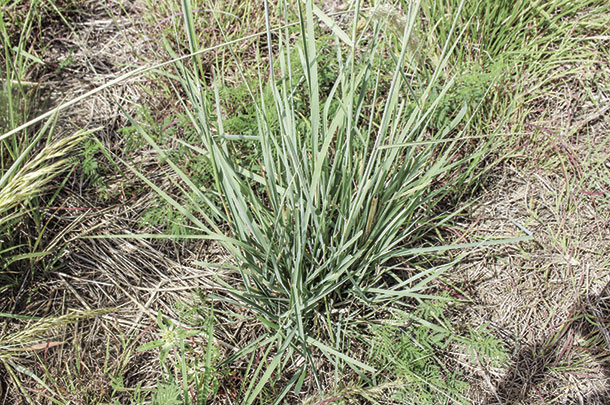
Plants are categorized for their response to grazing as “decreasers,” “increasers” and “invaders.” The very best plants, the most palatable, are usually decreasers. Their numbers decrease in response to grazing. We’ve all heard that Mother Nature abhors a vacuum, so the increasers – those less palatable that were not selected as often – move in to take up the space. When the increasers are grazed heavily, the invaders move in, often noxious weeds we do not want on our ranches.
These processes are described as “succession” and “retrogression.” Succession is the process of a plant community getting better, moving toward a potential state of maximum diversity, usually characterized by plenty of decreasers in the plant community. Retrogression occurs when the decreasers are grazed out, increasers are doing their thing, and invaders are taking advantage of the opportunity as well. These processes can be reversed multiple times on any given site.
Besides being the best tasting of the bunch, the decreasers are often the tall grasses, those with the most robust root systems that contribute the most biomass to the plant community and are critically important to maintaining soil health. Increasers are often an important component to the crop graziers are trying to harvest. So how can a rancher begin to manage this complex ecological process if all he sees is grass?
The good, the bad and the ugly
It can be overwhelming to think about. Plant enthusiasts and scientists devote entire careers to learning the plants. Let’s break it down. A rancher or grazier needs to know maybe a dozen plants on his ranch that are good for grazing. They may be grasses, forbs or shrubs. If he is grazing cattle, their diet is primarily grasses. Sheep and goats utilize forbs and brush or browse more readily. Some forbs and shrubs are prime to browse, while others are not utilized. Besides the good plants, it is wise to know a few others: noxious weeds and other opportunistic plants you may want to be aware of – the bad and the ugly.
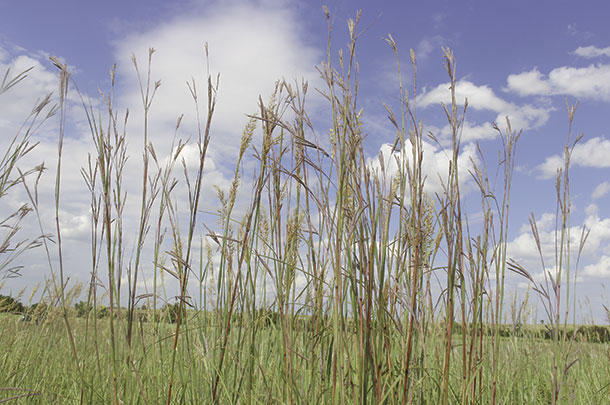
The Web Soil Survey is an amazing tool and resource to tell you what soils and vegetation communities are expected on your ranch. USDA-NRCS can assist in mapping (or you can get on the website) your ranch and access data on the soils and ecological sites. Ecological site descriptions are available showing which plants will be present if conditions are optimal as well as which ones will be present under less-than-optimal conditions, how much forage is likely to grow and pounds per acre.
Simply picking plants and taking them to your extension agent, NRCS conservationist or looking them up in local reference books is a good way to get started. It is key to get out of the pickup and walk or ride an ATV or UTV through the pastures. Nothing beats the power of observation.
Social media can be another great way in learning plants. There are several plant groups on Facebook; some to which I belong are “Texas Flora,” “Texas Plants and Invertebrates” and “Montana Plants.” People put up pictures of plants, tag their location and have an identification usually in minutes. Snap a picture with your smartphone, post it and have an answer before you leave the pasture. Social media can be pretty darn useful.
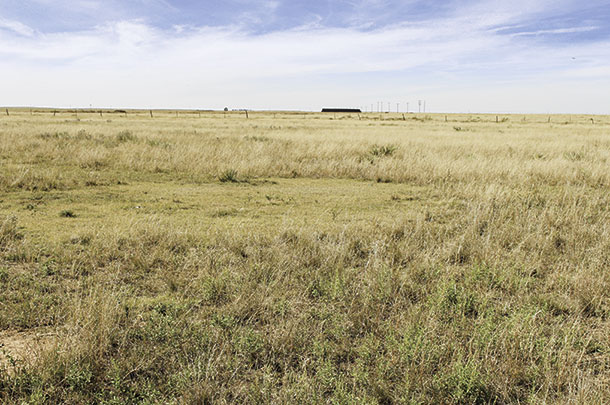
Last, every ranch should have a couple of plant books. There are regional books for nearly everywhere. University range clubs often sell mounted plants. More than once, I have stepped in a barn or ranch office and seen mounted plants stuck to the wall. Maybe you want to collect and press your own plants? Make a plant press with sturdy straps to press plants in newspapers. Mount those plants on herbarium paper, which you can order, or some type of sturdy paper. I use a glue gun. Fast and easy, custom to your ranch.
Let’s go back to that crazy lady at the beginning: You guessed it – she is me. That ranch is covered in sand dropseed and perennial threeawn, not the better grasses it has the potential to produce. They were grazed heavily and have retreated to the middle of the sand sagebrush or anywhere cattle cannot get to.
It is important you know your plants. Once you do, you can manage your grazing land to its full potential. You can encourage a healthy, resilient ecosystem that will sustain your livelihood through drought. There’s no doubt healthy ecosystems are the foundation of profitable ranches. It is simple, really. The answer is always “know.” ![]()
PHOTO 1: Big bluestem, a “decreaser,” has taken refuge in a sand sagebrush to escape heavy, continuous grazing pressure.
PHOTO 2: This is yellow indiangrass, a very palatable “decreaser” with some utilization by grazing animals.
PHOTO 3: Yellow indiangrass and big bluestem are two very palatable grasses that produce a great deal of forage.
PHOTO 4: Cattle strongly prefer the blue grama and buffalograss, both “increasers” to the threeawn. The threeawn makes the pastures look like there’s lots of grass. But it’s not palatable to grazing livestock most of the year. Photos by Jenny Pluhar.

-
Jenny Pluhar
- Executive Director
- Texas Grazing Land Coalition
- Email Jenny Pluhar
